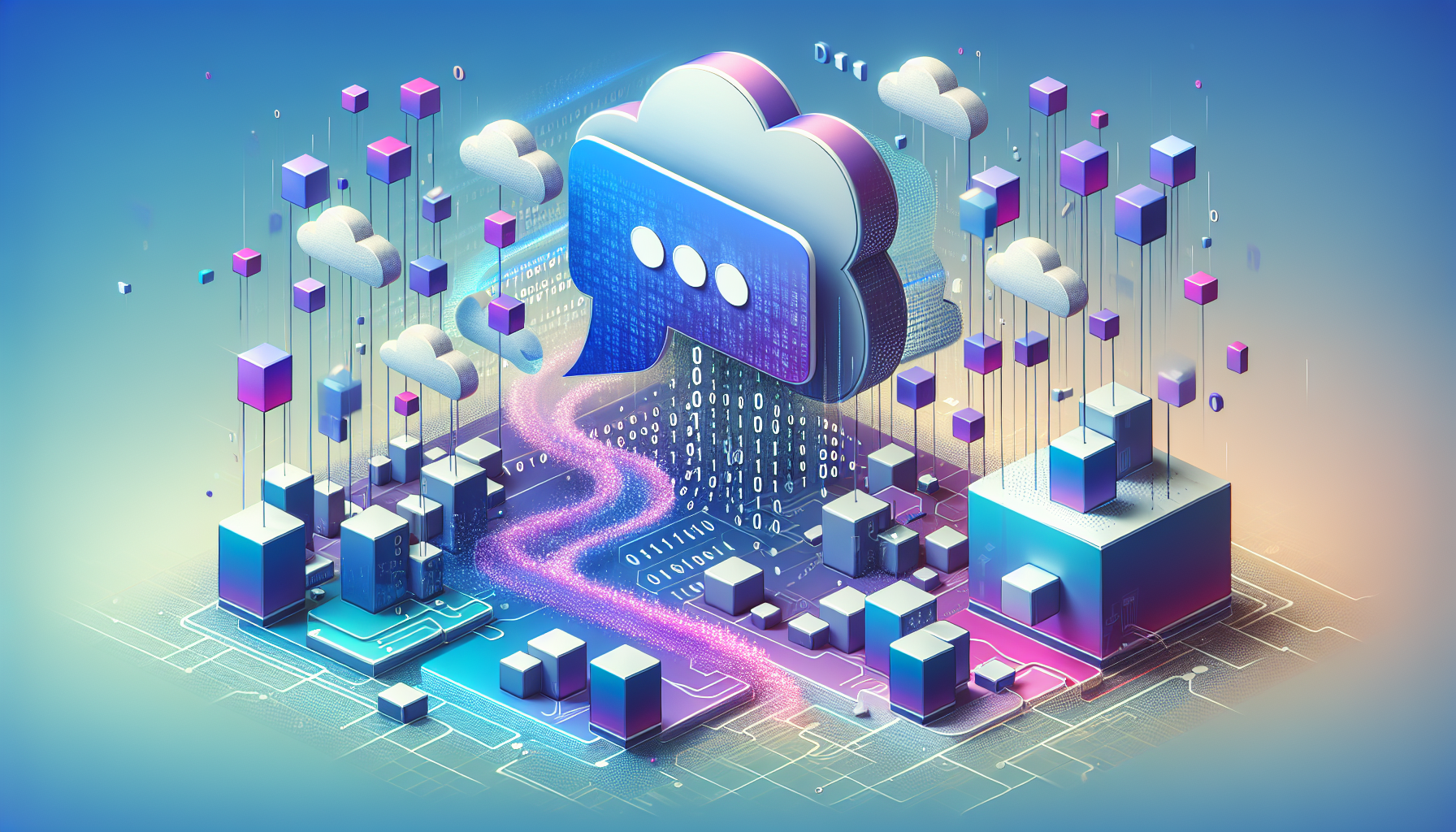Understanding ChatGPT: Features and Capabilities
ChatGPT, developed by OpenAI, is an advanced language processing AI that can generate human-like text based on prompts given to it. Its capabilities include answering questions, providing explanations, generating creative content, and facilitating engaging conversations. These features make it versatile, suitable for various applications, from customer service automation to content generation.
Benefits of Integrating ChatGPT
1. Enhanced Customer Interaction
Integrating ChatGPT into your customer service systems can improve response times and customer satisfaction. By providing 24/7 availability, businesses can ensure that customers receive immediate assistance, thereby reducing wait times and operational costs.
2. Personalized Experience
ChatGPT can be tailored to provide personalized responses based on user input. This adaptability helps in offering recommendations, understanding user needs, and engaging in relevant conversations, thereby enhancing user loyalty.
3. Content Generation
Companies can utilize ChatGPT for generating blog posts, articles, and social media content quickly and efficiently. Its ability to produce quality content at scale helps businesses maintain an active online presence without overextending their resources.
4. Data Insights
The integration of ChatGPT allows for the collection and analysis of customer inquiries, preferences, and feedback. These insights can inform business decisions, enabling organizations to tweak their strategies and improve customer engagement.
Steps for Integrating ChatGPT into Your Platform
1. Define Objectives
Before integration, clearly define the goals you wish to achieve with ChatGPT. Whether it’s improving customer support, automating content creation, or providing educational assistance, having specific objectives will guide the integration process.
2. Choose the Right API
OpenAI offers various APIs that allow developers to integrate ChatGPT into different platforms. Evaluate your technical requirements and select the appropriate API that aligns with your objectives and budget.
3. Customize the Model
Tailor ChatGPT’s responses to fit your brand voice and context. Use fine-tuning techniques to adjust its output style and knowledge base, ensuring that the model aligns with your business requirements.
4. Create a User-Friendly Interface
The success of ChatGPT integration heavily relies on the user interface. Design an intuitive chat interface that is easy to navigate. Consider incorporating quick reply buttons, suggested topics, and a feedback mechanism to enhance user interaction.
5. Train Your Team
Equip your team with the knowledge and tools necessary to leverage ChatGPT effectively. Provide training sessions focusing on best practices, the capabilities of the model, and how to handle exceptions or unexpected outputs from the AI.
6. Monitor and Adjust
Post-implementation, continuously monitor ChatGPT’s performance. Analyze user interactions, chatbot efficiency, and feedback to make necessary adjustments. Regular updates and training will help keep the model relevant and effective.
Best Practices for Effective Integration
1. User Privacy and Data Security
Ensure that user interactions with ChatGPT comply with data protection regulations, such as GDPR. Implement encryption and data anonymization techniques to protect sensitive information.
2. Maintain Human Oversight
While ChatGPT can automate responses, human oversight is essential for glaring issues or complex queries. Hybrid models that involve both human agents and AI can provide a balanced approach to customer service.
3. Use Contextual Awareness
Incorporating context-awareness enhances the relevance of ChatGPT’s responses. Train the model to recognize session history and user preferences, allowing for a more engaging experience that feels personalized.
4. Limitations Awareness
Understand the limitations of ChatGPT. While powerful, it may generate incorrect or nonsensical answers. Establish guidelines for users to clarify expectations and inform them about the AI’s capabilities.
5. Regular Updates and Improvements
The AI landscape is ever-evolving. Stay updated with the latest advancements from OpenAI and incorporate necessary updates into your ChatGPT integration, ensuring optimal performance and features.
Industry Applications of ChatGPT
1. E-commerce
In e-commerce, ChatGPT can assist shoppers by providing product recommendations, answering queries, and helping with order tracking, thus streamlining the shopping experience.
2. Healthcare
Healthcare providers can utilize ChatGPT to answer common patient questions, provide information about health services, and assist in booking appointments, improving patient engagement and reducing administrative burdens.
3. Education
In the education sector, ChatGPT can serve as a personal tutor, answering students’ questions, explaining concepts, and providing resources for additional learning, thus catering to individual learning paces.
4. Financial Services
Financial institutions can employ ChatGPT to assist customers with inquiries about account status, loan information, and basic financial advice, enhancing overall customer service efficiency.
Future Challenges and Considerations
1. Ethical Use
As AI integration grows, it is crucial to address ethical concerns regarding its use. Establish clear guidelines to prevent misuse and ensure transparency in AI interactions.
2. Handling Misinformation
ChatGPT is susceptible to generating inaccurate information. Implement strategies to fact-check outputs and provide users with reliable resources to validate information.
3. Evolving User Expectations
User expectations continue to evolve. Stay ahead of trends and adapt ChatGPT features accordingly to ensure that user needs are being met efficiently and effectively.
Conclusion
The integration of ChatGPT can transform how businesses interact with their customers, create content, and analyze data. By focusing on customization, training, and monitoring, organizations can harness the full potential of ChatGPT, driving efficiency and improving customer satisfaction across various sectors.


